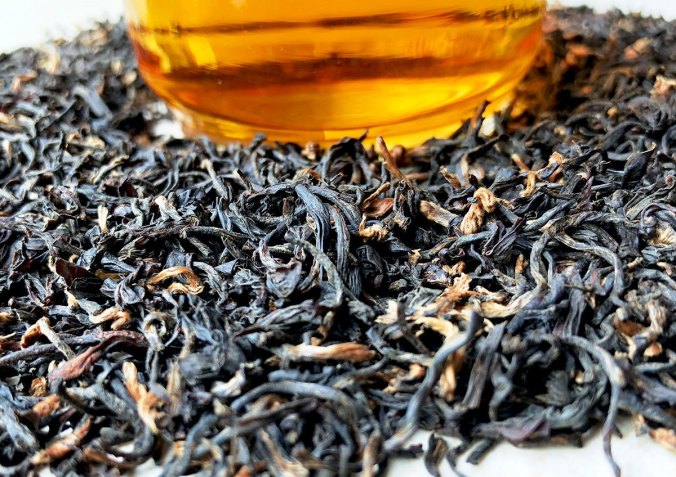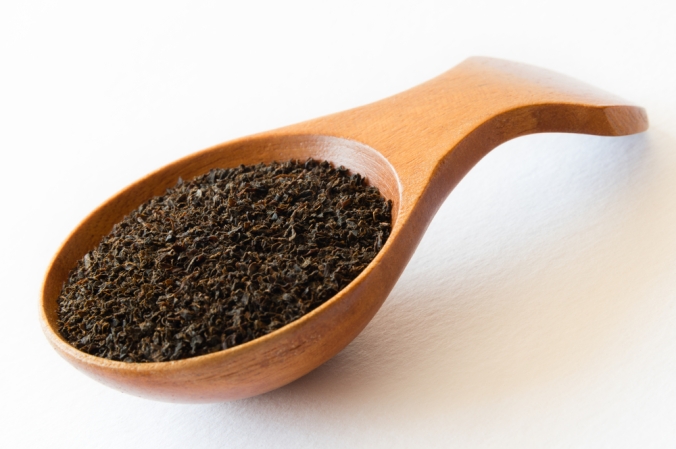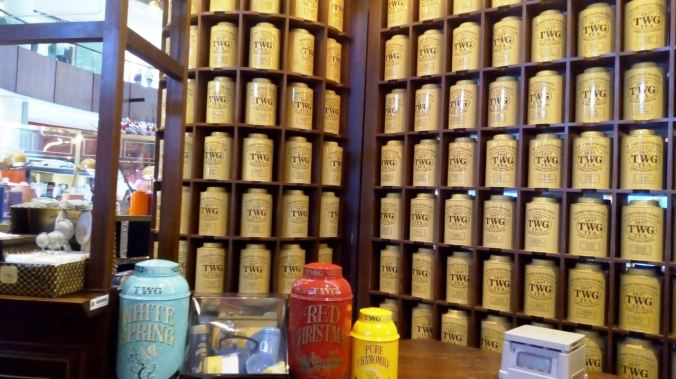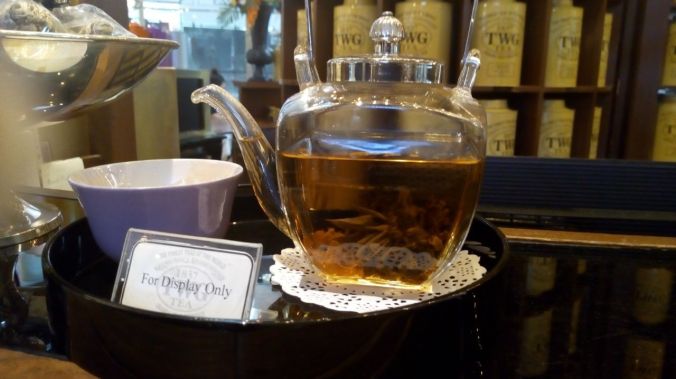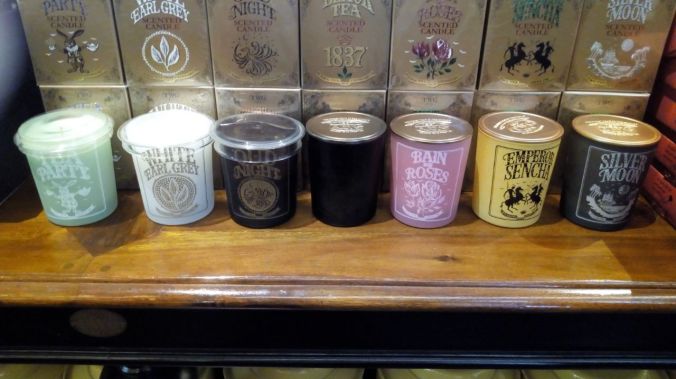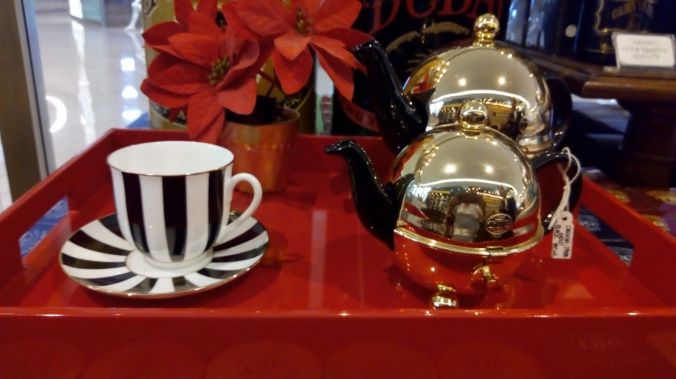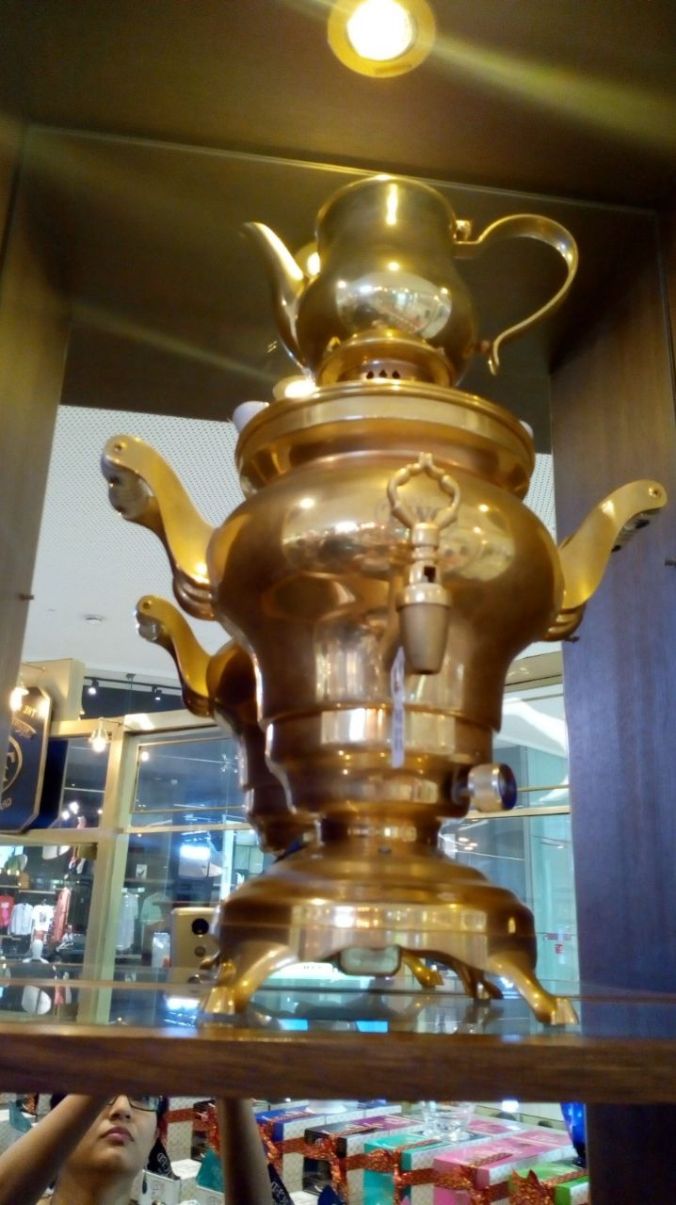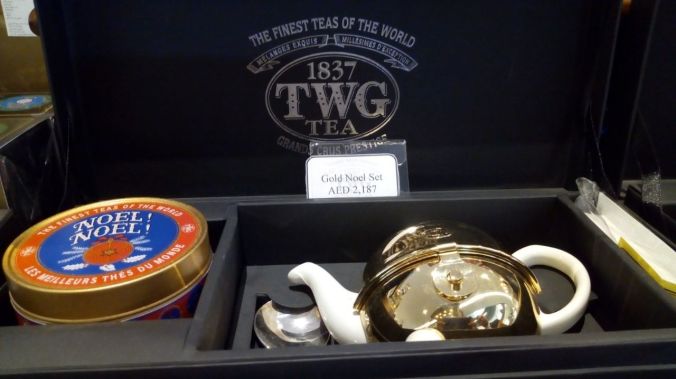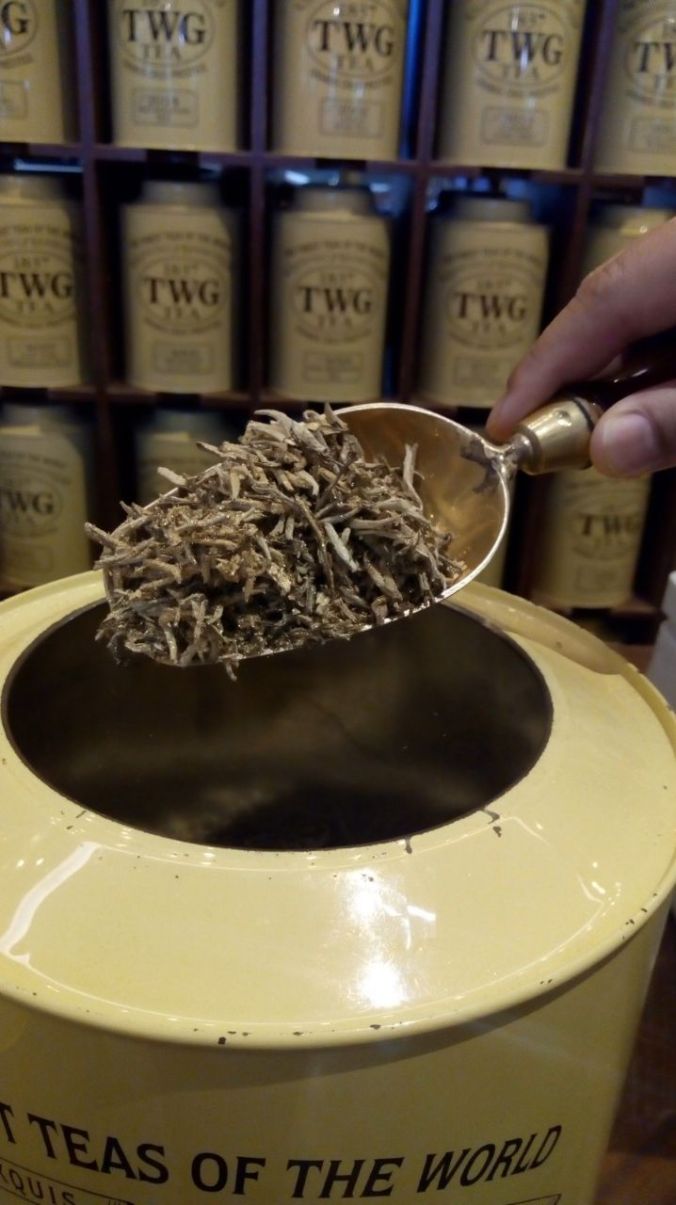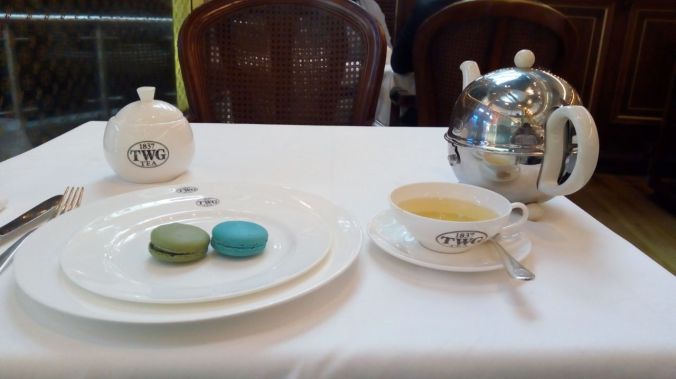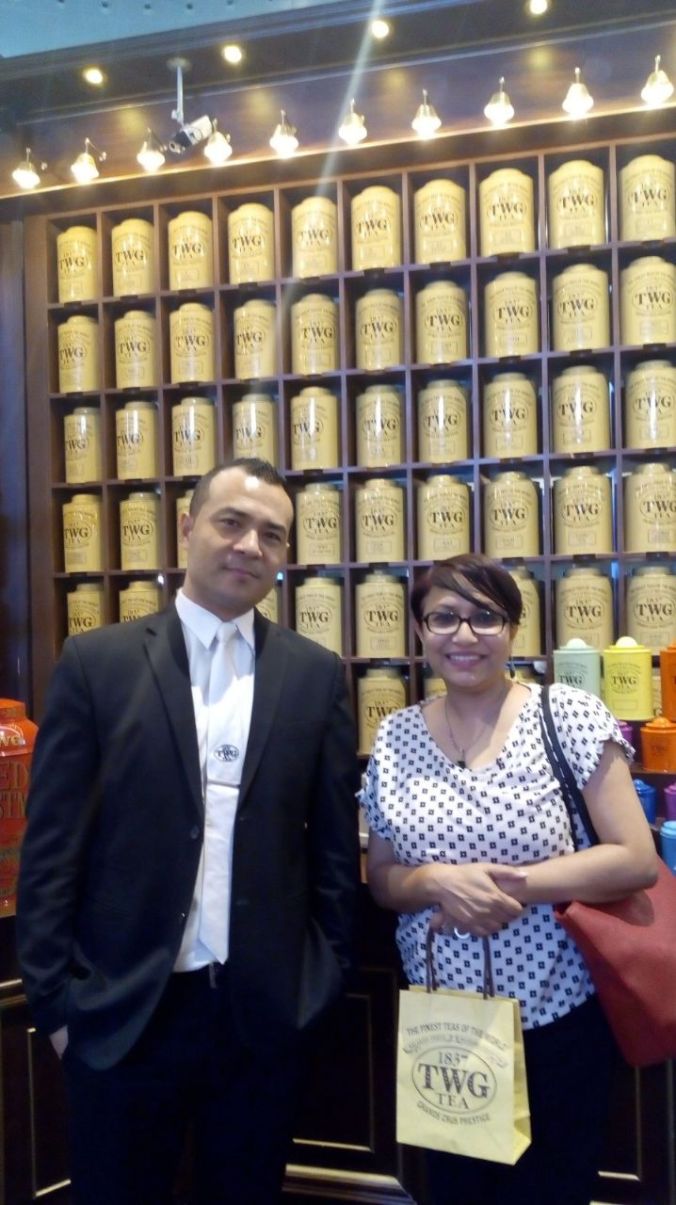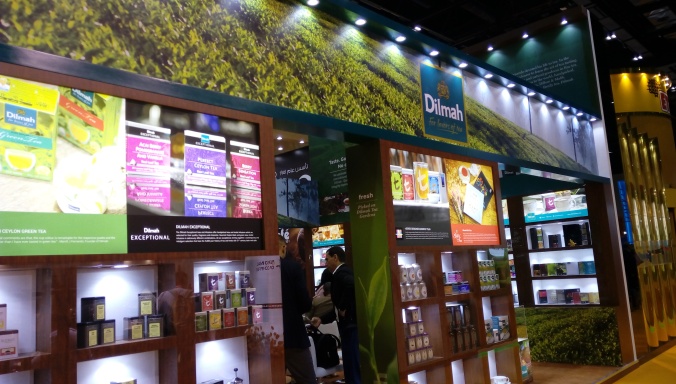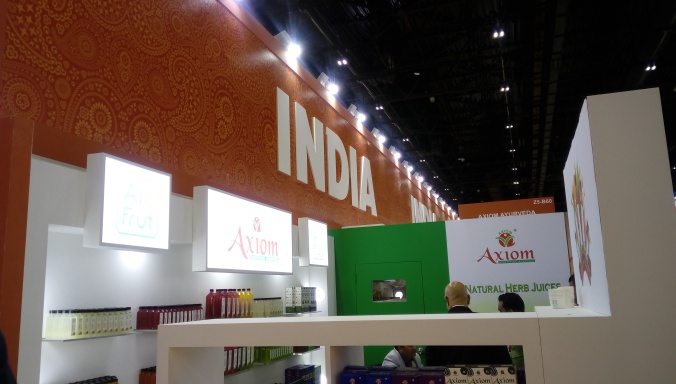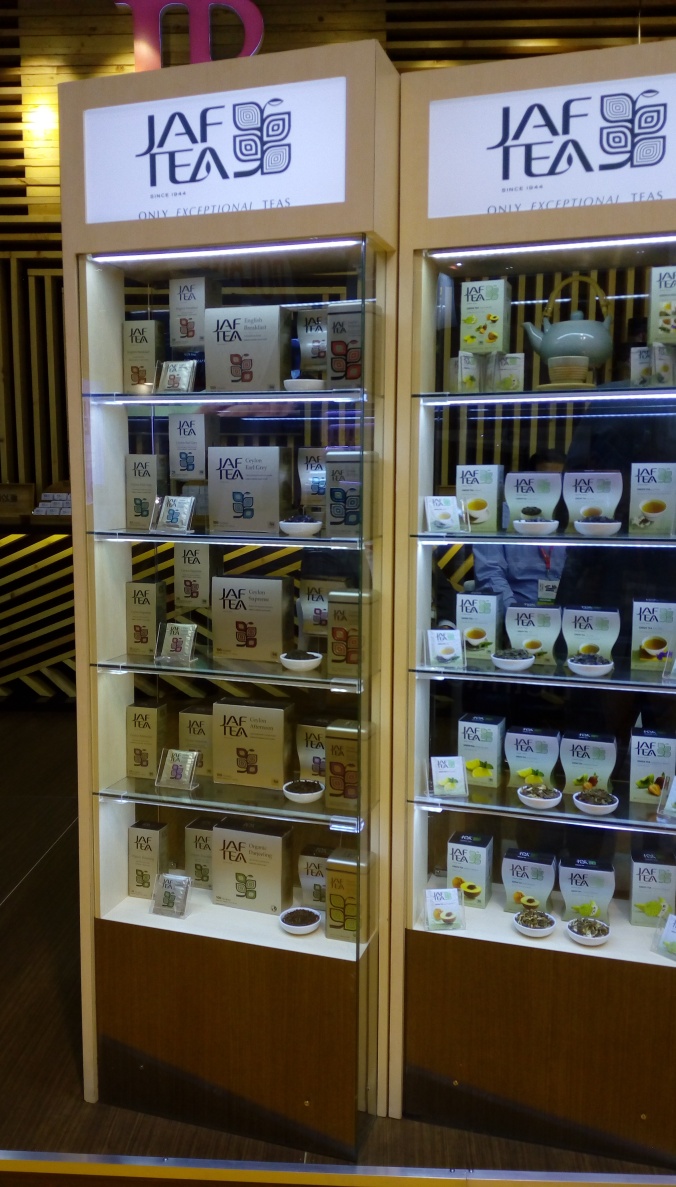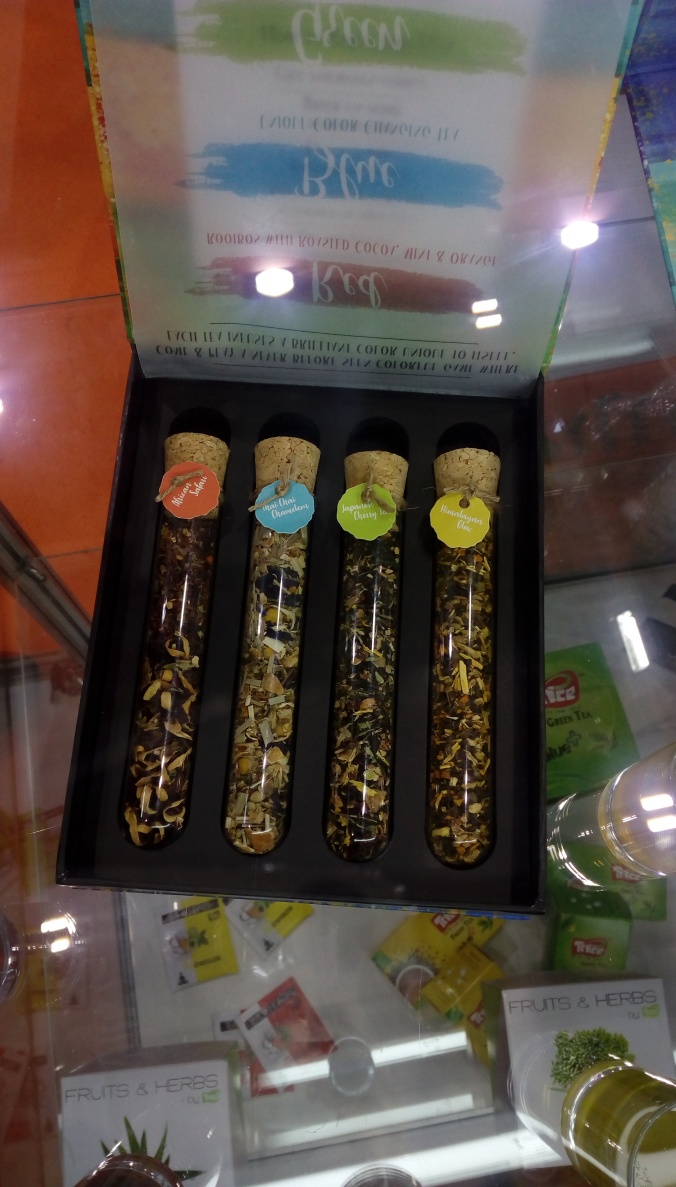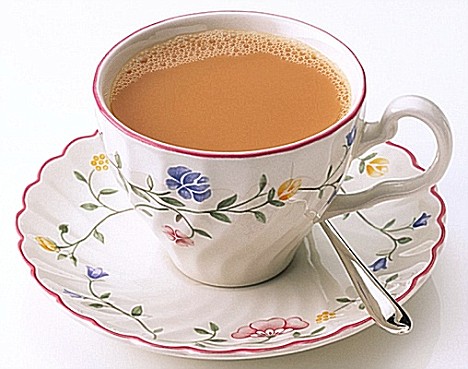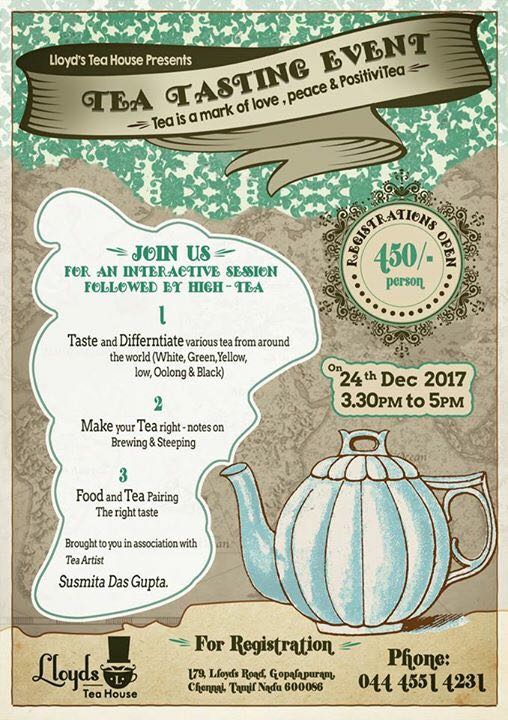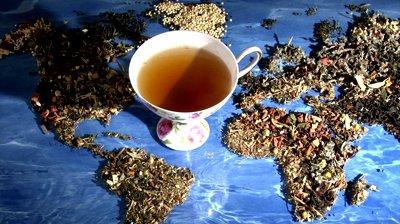
As a tea lover and tea artist, every time I see a Coffee Championship happening, and see the vibrant activities, the spirit of the participants, the-let-your-hair-down attitude and having fun while doing serious stuff – I say to myself, “why not with tea?” I guess, and it is a very personal observation – that the coffee industry runs of co-optation and cooperation; while tea runs on pure competition.
Tea (also wine and coffee) is a knowledge industry and should not be part of beverages industry. Quickly the tea producers, tea brands and tea marketers understand this the better it is for the industry as a whole, globally. And as in any knowledge based industry, it is very important that knowledge is assimilated and shared among all stake holders for the overall growth of everyone within the industry.
Therefore, it is heartening to see AVPA’s first ever Tea Championship – The “Teas of the World” (https://www.avpa.fr/thes-en ), in Paris, France has its objectives right. One of their key visions is to bring tea producers, tea brands and tea marketers on one platform and enabling them to learn from each other. Particularly for producers, making tea is such a time-consuming affair that they rarely have the opportunity to look around at what is happening elsewhere and what are the best practices that are emerging every day. AVPA’s Tea Championship is going to be a meeting room for everyone with the objective of knowledge sharing and learning.
“Events are the best way to draw attention (from the professionals, the media, the general public) on an industry in need of recognition and standardisation. Cooking became a professional activity because the last centuries saw associations, competitions and training bodies work to protect workers and set their qualifications. Coffee has gone the same way with the Specialty Coffee Association (SCA), which works worldwide to provide state-of-the-art training and competitions. Tea has not yet succeeded in organizing itself, and it will take many initiatives to do so globally: the AVPA “Teas of the World” contest is one of those.” says Lauren Pascault, the contest leader for Tea at AVPA.
But is Tea a legitimate business idea in France? After all, tea lost grounds in France after the French revolution and a general distrust for anything British (the rivalry between the French and British is legendary and it extends to food habits as well!) making coffee the choicest beverage of the intellectuals, the artists, the bureaucrats and the common French people (being served in the army, hospital and school canteens).
Well, it seems like the drinking habits of the French are changing. Health is becoming a real issue and tea is slowly making its way back in France as a gourmet lifestyle beverage. And though they do not consume or buy the most tea in Europe, specialty teas account for a quarter of French sales in value, compared with 5% on the European scale! What better ground then than France for a taste standard, particularly for those tea and brands that are eyeing the very lucrative orthodox tea market of Europe.
AVPA’s First Tea Championship wants to give an equal chance and an equal voice to all producers of high-quality teas around the world, along with the supply chain, where exporters, wholesalers and resellers need to be encouraged in choosing and promoting specialty teas. The “Teas of the World” contest is open to any company who is able to give the required information of traceability, and as long as these teas are clearly identified, unflavored, whole-leaf and unblended. All tea-producing countries are welcome – whether it’s new like Netherlands, or old like China and India. They do not believe that the weight of tradition necessarily makes for a better tea, and want to encourage all countries to learn from each other irrespective of their heritage, history and place in the tea producing or tea drinking world.
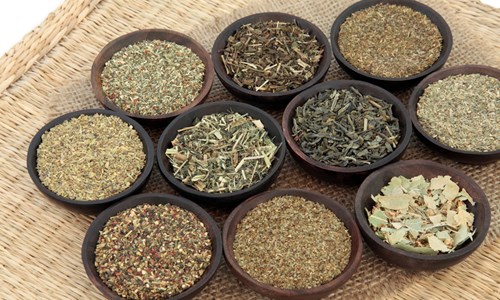
AVPA’s Tea Championship in France, therefore, not only looks like a great knowledge sharing and learning platform for the global tea growers, brands and tea marketers, but also a platform that makes complete business sense and also an opportunity to enter the European / international markets as well. After all, French certification has great value worldwide.
This Tea Championship is also, in a way, a step towards legitimising France’s tea culture. For a long time now, the more popular tea cultures of the British and the Chinese have made the liberal French people feel that their opinions and practices on teas are getting trapped. This is to show to the world that tea has a rightful place in France, and France has a rightful place in the world of tea. Toast à cela!
Registration: https://www.avpa.fr/thes-en
Open until 15th June 2018
About AVPA:
The AVPA (Agence pour la Valorisation des Produits Agricoles) is a non-profit, non-governmental association that promotes high-quality products of origin through contests. It started 15 years ago with the contest for edible oils (mainly olive), and went on with coffee (6th year in 2018), water (2d year) and tea (1st year).
The team is made of a contest leader for each product, the president, the secretary and the communications officer. They all work with networks of professionals in each product, so as to act as a hub for knowledge, people and tastes!
Want to get in touch with me?
I am available at itsourcuppetea@gmail.com
*Pictures are sourced from the internet


